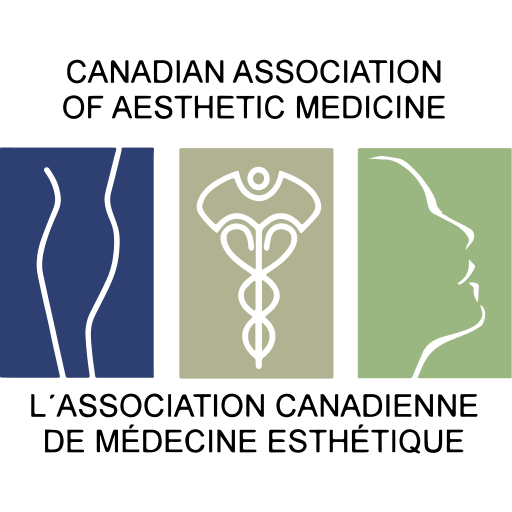
 Canadian Association of Aesthetic Medicine
Canadian Association of Aesthetic Medicine
The skin is our largest organ and the one we present to others on a daily basis. Having clear skin that is luminous with a smooth, soft texture is a desired outcome for most who visit a cosmetic physician. Offering treatments and being able to advise on appropriate skin care products to achieve this goal is an important part of any cosmetic medicine practice.
Chemical peels and microdermabrasion are procedures commonly used in cosmetic medicine settings to improve skin texture as well as prepare the skin for more advanced therapies. They are used for skin rejuvenation as well as treatment of acne and photodamaged skin. These treatments are often also utilized to provide a medical exfoliation prior to laser procedures.
Chemical peels are the application of one or more exfoliating agents to the skin to produce a controlled destruction of portions of the epidermis and/or dermis with subsequent regeneration of new epidermal and dermal tissue. They can range from mild exfoliations with very superficial peels to more aggressive medium depth peels, depending on the chemical agent chosen. There are many different agents used in peels including enzymes, glycolic acid, lactic acid and salicylic acid as well as more aggressive chemicals such as high concentration glycolic acid, TCA and Jessners solutions. The type of peel chosen depends on the depth required to treat the skin concern as well as other factors such as down time desired.
Microdermabrasion is a mechanical peel involving a mechanical exfoliation of the skin. There are two types of microdermabrasion devices – one which utilizes a high flow of crystals and the other which is a rotary abrasion device using diamond grit wand to mechanically abrade the skin. There are also infusion microdermabrasion systems that use tips that resurface while introducing topical serums into the skin.
Skin care and the use of cosmeceuticals are an important part of any rejuvenation or skin therapy program and it is important that cosmetic physicians learn to prescribe safe and effective products with strong science behind them. Understanding the basics of skin care with cleansing, exfoliation and moisturizing as well as good sun protection is important in addition to having knowledge of the many active ingredients now utilized in skin care products. These topical non-prescription cosmetic products containing active ingredients that influence the structure and function of the skin are called cosmeceuticals. These include exfoliants such as retinoids and hydroxyl acids, anti-oxidants, peptides, lightening agents and growth factors. This is a rapidly evolving field which is the fastest developing segment of the skin care industry with new products constantly entering the market. Cosmetic physicians should understand the mechanism of actions of these ingredients and the appropriate use of these products to support the cosmetic treatments they perform. It is also a fact that people use on average 7 products on their skin daily, so being able to design a skin care program that is safe, effective and based on science is key in any cosmetic practice.